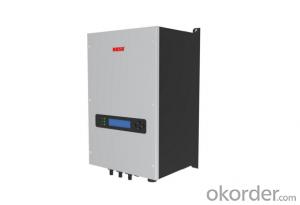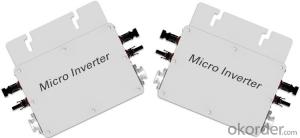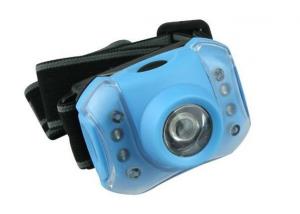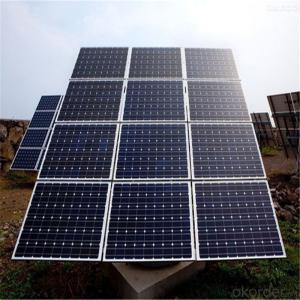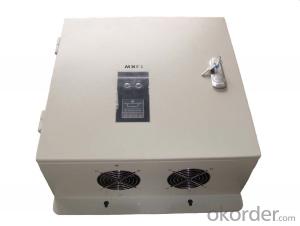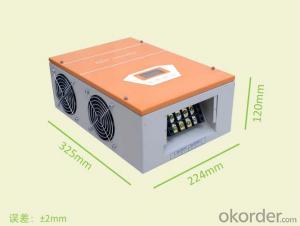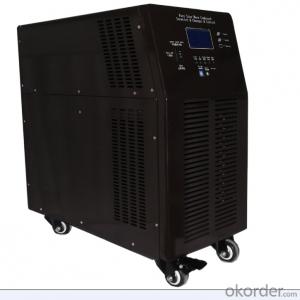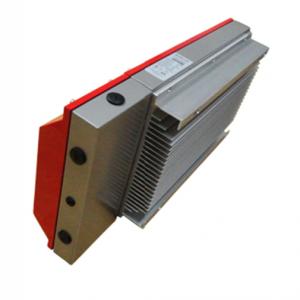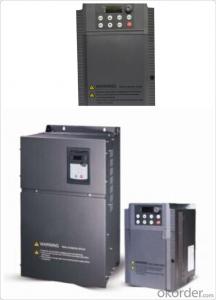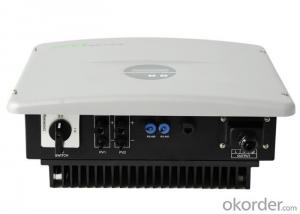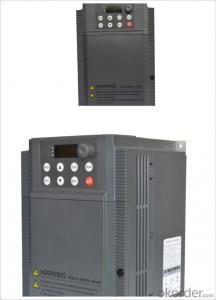Solar Inverter 1 Kilowatt
Solar Inverter 1 Kilowatt Related Searches
Solar Inverter 1 Kw Solar Inverter 1kw 1kw Solar Inverter 1 Kva Solar Inverter Solar Inverter 1kva 1kva Solar Inverter 1kv Solar Inverter 1mw Solar Inverter 1kw Solar Hybrid Inverter 1 Phase Solar Inverter 1kw Hybrid Solar Inverter Solar Inverter 1 Kva Price Solar Inverter 1kw Price 1kw Solar Inverter Price 1000 Watt Solar Inverter One Solar Inverter 1 Kva Solar Inverter Price 1kw On Grid Solar Inverter 1000kw Solar Inverter 1000 W Solar Inverter Solar Inverter 1kva Price 1.5kw Solar Inverter Solar 1000 Watt Power Inverter Solar Power Inverter 1000w 1000w Solar Inverter Solar Single Phase Inverter 1000 Watt Solar Power Inverter 1 Mw Solar Inverter Price 1.5 Kw Solar Inverter 1kv Solar Inverter PriceSolar Inverter 1 Kilowatt Supplier & Manufacturer from China
Solar Inverter 1 Kilowatt is a crucial component in the solar energy system, responsible for converting the direct current (DC) generated by solar panels into alternating current (AC) that can be utilized by household appliances and fed back into the power grid. This product is designed to provide efficient and reliable power conversion, ensuring optimal energy output from solar installations. The 1 Kilowatt capacity makes it suitable for small to medium-sized residential and commercial solar power systems, catering to the needs of various energy consumers.The application and usage scenarios of Solar Inverter 1 Kilowatt are diverse, ranging from residential rooftop installations to small-scale commercial projects. It is ideal for powering homes, offices, and other buildings that require a consistent supply of electricity. This product can also be used in off-grid systems, providing a sustainable and eco-friendly energy source for remote locations without access to the main power grid. Additionally, it can be integrated into backup power systems to ensure uninterrupted power supply during outages or emergencies.
Okorder.com is a reputable wholesale supplier of Solar Inverter 1 Kilowatt, offering a vast inventory of this product to cater to the growing demand for renewable energy solutions. As a leading online platform, Okorder.com ensures that customers have access to high-quality, reliable, and cost-effective solar inverters. With a commitment to excellence and customer satisfaction, Okorder.com provides a convenient and efficient shopping experience, making it easier for businesses and individuals to invest in sustainable energy solutions.
Hot Products






